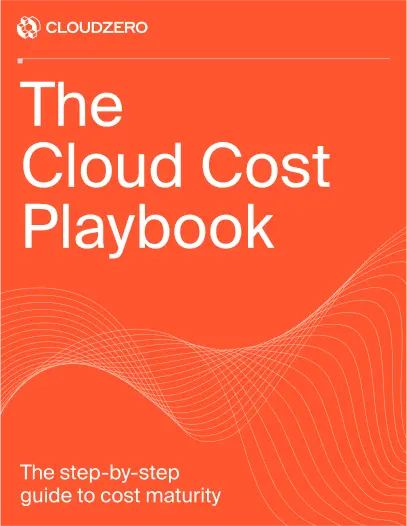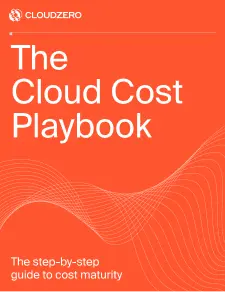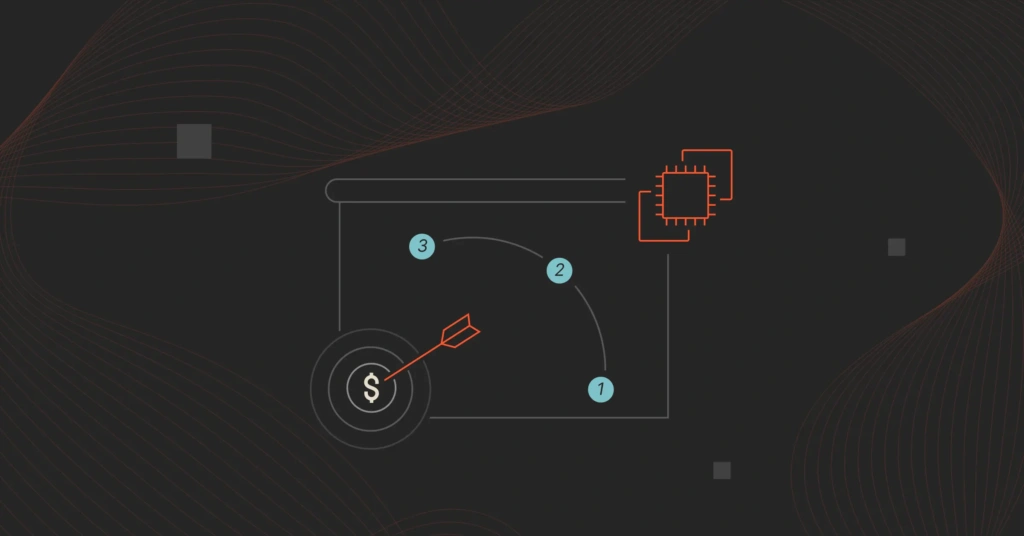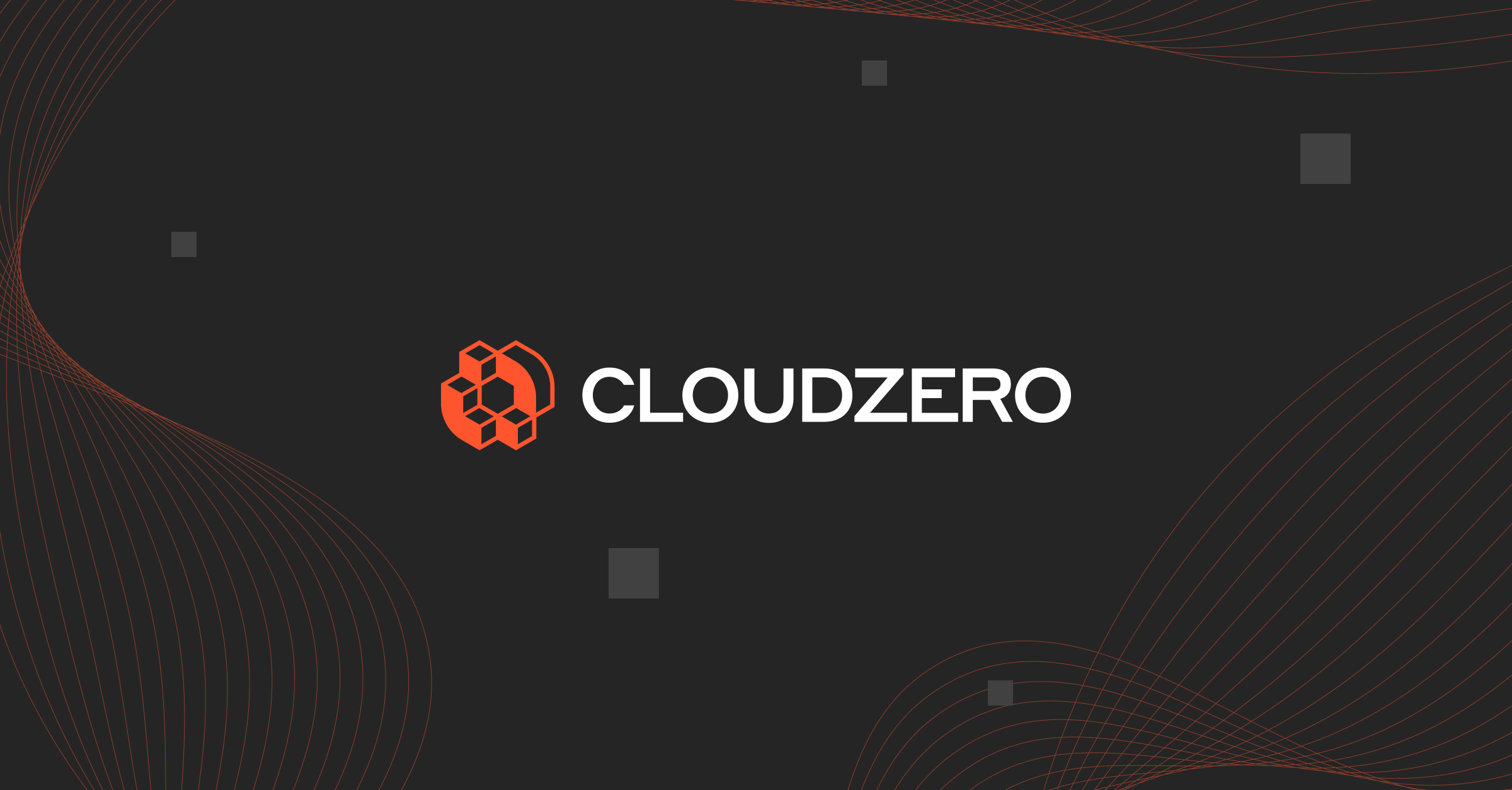The cloud gave us agility, but it also introduced fragmentation. And in most companies, no one’s fully owning the sprawl. One team deploys a new service in a hurry. Another forgets to shut down a dev environment.
Meanwhile, batch jobs run 24/7 on oversized instances. And no one quite knows why your bill is $10K higher this month.
The result? A growing source of cost overruns, performance headaches, and operational inefficiencies.
This is exactly why cloud workload management is so crucial.
In this guide, we’ll break down what cloud workload management is, how it differs from traditional resource management, and its connection to efficient, high-performing cloud systems.
We’ll also explore real-world challenges, key building blocks, and practical strategies to optimize your workloads.
Let’s dive in.
What Is Cloud Workload Management?
Cloud workload management means organizing, running, and optimizing workloads so they stay efficient, performant, and cost-effective.
It’s about making sure each application or process runs in the right place, with the right resources, and at the right cost.
Before we go deeper, let’s clarify a few basics.
What is a cloud workload?
A cloud workload refers to any application, service, or process that consumes cloud resources. This can range from a single containerized app running in Kubernetes to a complex, multi-service architecture spanning VMs, serverless functions, and managed databases.
Common examples include:
- A customer-facing web app deployed across multiple regions
- An AI/ML training job running on GPU-backed instances
- A batch data pipeline processing terabytes of logs each night
The thing is, not all workloads behave the same.
What are the types of cloud workloads?
Managing your cloud-based workloads well starts with knowing what kind you’re dealing with:
- Compute-intensive workloads: These rely heavily on CPU power. Examples here include rendering and scientific simulations.
- Memory-intensive workloads: This kind requires large memory footprints. They include in-memory databases like Redis.
- Storage-heavy workloads: These generate or retrieve vast volumes of data. Think of backup jobs and media services.
- Network-intensive workloads: Move large amounts of data across regions or services. Examples include video conferencing and content delivery.
- Latency-sensitive workloads: This batch demands real-time or near-real-time responsiveness. They include financial trading apps and live chat tools.
- Fault-tolerant workloads: These are designed to keep running even during failures. A good example here is multi-zone distributed services.
Classifying workloads this way can help you determine where they should run, what resources they need, and how to scale them efficiently.
Cloud workload management vs. resource management
Workload management focuses on how your apps and services behave in the cloud. It’s about scheduling jobs, scaling services, optimizing performance, and ensuring uptime. Resource management, on the other hand, is about what those workloads consume. It includes provisioning infrastructure, managing capacity, rightsizing, and avoiding idle spend.
Overall, workload management is application-focused. Resource management is infrastructure-focused. And the best results come when the two work together.
Related read: How Successful Teams Master Cloud Resource Management
Why Is Workload Management So Important In The Cloud?
In two words, workload chaos. If you’re not managing your workloads intentionally, things can spiral. Fast. Getting a grip on workload management also matters more than ever.
Performance and reliability start with a proper workload fit
Poorly managed workloads lead to slow performance, latency, and outages. A machine learning job on a general-purpose VM? Sluggish. A low-latency app in the wrong region? Unusable.
Workload management ensures every application runs with the right configuration, from instance type and region to autoscaling rules and storage IOPS.
Related read: AWS Instance Types Compared: Choosing The Right Option
Workload sprawl blows your money fast
When teams spin up resources without oversight, workloads keep running long after they’re useful. That balloons your bill. And that eats into margins and robs you of the budget for growth and innovation.
Smart workload management keeps things efficient, right-sized, and shut down when no longer needed.
It improves developer velocity
When workloads are predictable and automated, your developers can focus on building. And with strong workload visibility, your engineers can better understand the cost and performance impact of their choices (and optimize both before users and finance can feel the pinch).
Workload management strengthens your security and compliance posture
Workload management includes determining where and how your workloads run. This is good for enforcing security and compliance policies. It means controlling region placement for compliance (like GDPR), enforcing encryption settings, and managing identity and access.
Managing your cloud workload enables cost accountability across teams
Tieing cloud costs to specific workloads, and those workloads to teams, features, or business units, is a true FinOps best practice. It empowers your:
- Engineers with visibility into the cost of what they build
- Finance to forecast spend based on real usage
- Leadership to prioritize investments based on ROI, not guesswork
Overall, cloud workload management is the foundation of scalable, efficient, and resilient cloud operations. Get it right, and you unlock agility without the chaos. Get it wrong, and your cloud turns into a dark night, with a shocking price tag.
Workload Management Challenges To Expect So You Can Overcome Them
Even advanced teams run into roadblocks, and most trace back to five common cloud workload management pitfalls.
Lack of visibility into workload performance and cost
You know this. If you can’t see it, you can’t manage it, and certainly can’t optimize it.
From the latest State of Cloud Cost report, we know that too many teams don’t know how much each workload costs or how efficiently it’s running.
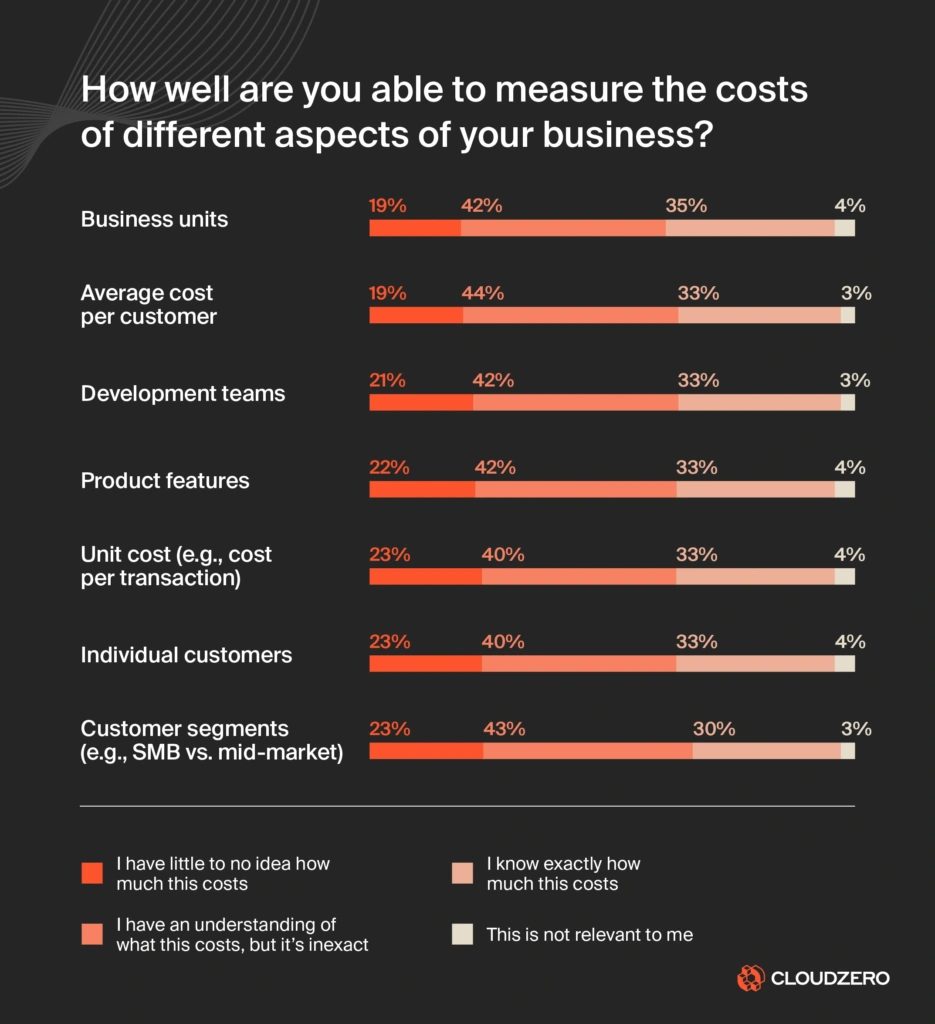
Conventional monitoring tools might show CPU usage or uptime. But they rarely connect performance to cost. As a result, workloads run inefficiently, budgets balloon, and no one knows what and when to intervene.
Dynamic environments make it tough to keep up
Cloud-native workloads often live in dynamic environments (auto-scaled containers, ephemeral VMs, and short-lived test environments). These spin up and down in minutes, making them hard to track manually. Without automation, they drift out of spec or sprawl uncontrollably.
Poor workload-to-resource fit
It’s easy to overprovision “just in case.” However, that means burning cash on unused headroom. Underprovision, and you risk throttling, lag, or outages. Either way, your price-performance balance suffers, and you don’t get what you’re paying for.
Cloud sprawl and inconsistent standards
As your cloud usage grows, enforcing consistency becomes harder. One team tags by project name, another by feature. One uses autoscaling; another hardcodes capacity.
Without standardization, optimization becomes impossible, especially across multiple clouds or regions.
Related read: 8 Issues With AWS Tags And How To Overcome Them For Good
No clear ownership or accountability
Effective workload management requires clear ownership. This means someone who knows what the workload is, what it does, and what it costs. With the right visibility and strategy in place, you can eliminate blind spots and surprise costs.
What Are The Key Elements Of Effective Cloud Workload Management?
To manage cloud workloads with precision, you need five essentials: visibility, automation, governance, cost control, and a feedback loop that connects engineering actions to business impact.
Here are the core pillars of a smart, scalable workload management strategy.
Workload discovery and classification
Start by discovering and mapping all active workloads across your cloud environments. Use consistent naming conventions, labels, or tags to classify them by:
- Team or business unit
- Application or microservice
- Environment (dev, staging, prod)
- Cost center or customer
This makes it easier to assign ownership, track usage, and uncover cost insights.
If you want, tools like CloudZero go beyond basic tagging. It uses telemetry and architecture data to group and map workloads automatically, even in environments with messy tags.
Performance monitoring and right-sizing
Once you’ve mapped your workloads, it’s time to monitor how they behave and whether they’re using resources efficiently.
Use observability tools to track CPU, memory, disk I/O, and network usage. Then act on that data to:
- Right-size underutilized instances
- Scale up overworked workloads before performance suffers
- Set autoscaling thresholds based on actual usage patterns
The goal here is to ensure every workload gets exactly what it needs — no more, no less. Need help without adding to your workload? Try Advisor here — the tool helps you choose the right instance types based on workload type, budget, service, and more.
Cost allocation and optimization
This is where finance, FinOps, and engineering align.
By allocating costs to specific workloads and tying those to particular teams, features, or products, you create a culture of accountability. You can also see which workloads are driving spend, which ones need tuning, and which deliver the highest ROI.
You can answer questions like:
- “What’s our cost per feature?”
- “Which specific workload grew our AWS bill this month?”
- “What’s the unit cost of serving this particular customer (and should we renegotiate their contract to protect our margins)?”
Policy enforcement and governance
To keep workloads secure, compliant, and consistent, define and enforce policies around:
- Where workloads can run (e.g., specific regions for data sovereignty)
- How resources are provisioned (e.g., limiting instance families or sizes)
- Who can deploy, manage, or scale services
We’ll share some tools to help you here in the next section.
Automation and orchestration
Manual workload management doesn’t scale. Automation does.
You can use CI/CD pipelines to deploy workloads consistently, and autoscaling groups to respond to changes in demand. These ensure fast, clean, repeatable operations across teams.
The more you automate, the easier to monitor, secure, and optimize your workloads.
Together, these five pillars turn chaotic cloud environments into streamlined, cost-efficient systems that engineering, finance, and leadership can all rely on.
Related read: Cloud Efficiency Rate: A New Metric To Quantify Cloud-Native Business Value
Tools And Strategies For Smart Cloud Workload Management
Even with best practices in place, you need the right tools to bring your workload management strategy to life and then scale it. Consider the following.
Observability and monitoring tools
To optimize a workload, you first need to understand how it behaves. Robust observability tools can help you monitor performance metrics like CPU, memory, latency, and throughput.
Popular tools here include:
- Datadog, New Relic, and Dynatrace: These are full-stack observability platforms that include everything from APM and infrastructure monitoring to serverless and real user monitoring.
- Amazon CloudWatch and Azure Monitor: These native cloud tools for performance tracking come at no additional cost.
- Prometheus and Grafana: Consider these open-source solutions for time-series metrics and custom dashboards.
See: Top 11 Cloud Observability Tools To Use In 2025
Next, you’ll also want to correlate performance with cost impact.
Cost intelligence platforms
Knowing what a workload does is half the story. Knowing what it costs to run closes that loop.
Traditional cost tools give you billing totals. True cloud optimization platforms go several layers deeper. Take the platform we know best as an example. With CloudZero, you can map your cloud spend to:
- Workloads and services
- Product features
- Engineering teams
- Customers and environments
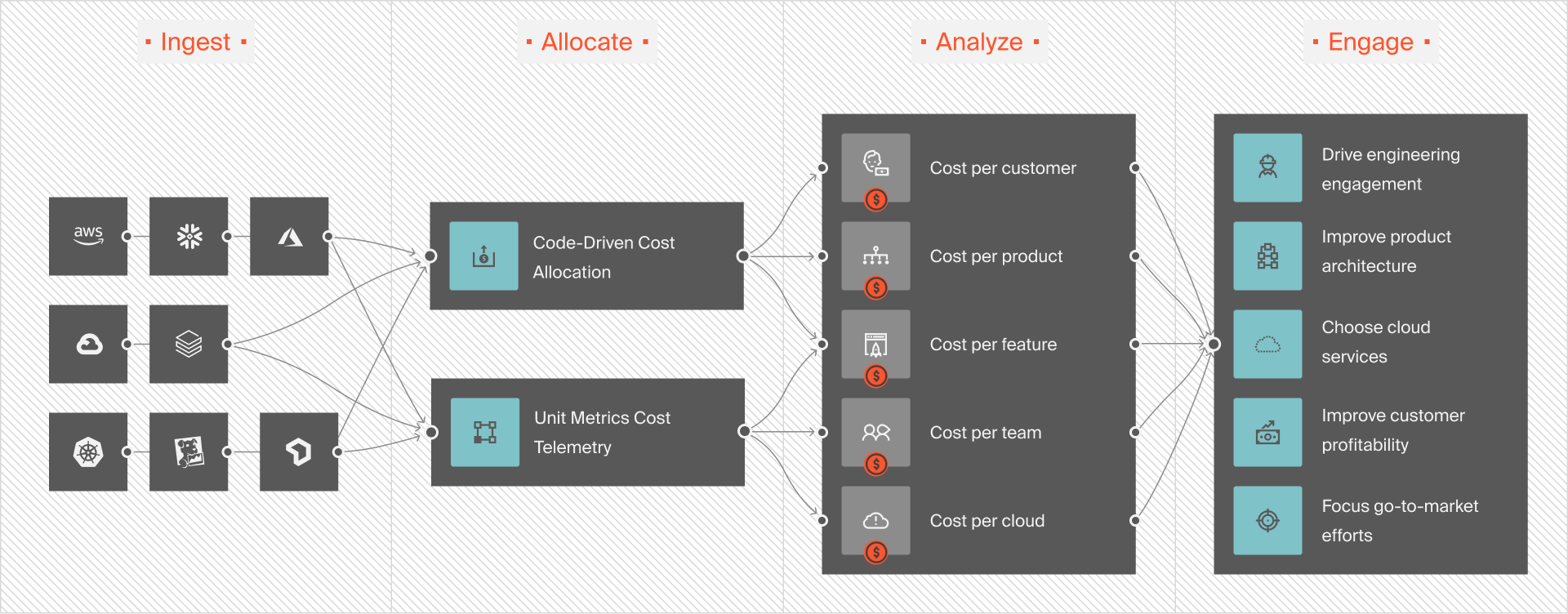
With CloudZero, your engineers can see exactly how their work impacts cloud spend, right down to Cost per Deployment.
This granular view gives your people the feedback they need to improve both architecture and cost, without compromising performance. We call this Engineering-Led Optimization.
See:
Automation and orchestration
Manual workload management is slow, error-prone, and doesn’t scale. Automation ensures consistent deployment, scaling, and optimization, even across multi-cloud environments.
The key tools you’ll want to look into here include:
- Kubernetes: Automates containerized workload deployment and scaling
- Terraform, Pulumi, AWS CloudFormation: Infrastructure as code (IaC) for consistent, repeatable environment setup
- CI/CD tools like GitHub Actions, GitLab CI, or Jenkins to standardize workload deployment pipelines
Automate early, and your workloads can become compliant, scalable, and optimized early on.
Workload optimization platforms
Some tools are purpose-built to help you right-size and schedule workloads more efficiently. And they often use machine learning to recommend improvements.
Some examples here include:
- Karpenter (AWS) or Cluster Autoscaler (Kubernetes): Automatically adjust compute resources based on real-time demand
- Ocean by Spot.io: Replaces traditional autoscaling with a cost-aware, container-optimized infrastructure
- CloudZero, CAST AI, or Kubecost: Automate cloud cost optimization and scaling for Kubernetes
These platforms can help you balance performance with cost, especially for compute-heavy or dynamic workloads.
Governance and policy tools
Governance prevents drift and ensures your workloads follow best practices across teams and environments.
The following tools can help you set and maintain workload policies at scale.
- Open Policy Agent (OPA): Define and enforce custom policies for Kubernetes, Terraform, and more
- Azure Policy: Apply rules to enforce compliance across Azure resources
- AWS Organizations and Service Control Policies (SCPs): Apply guardrails across AWS accounts
These cloud governance tools reduce risk, ensure compliance, and help you operate within defined boundaries.
Struggling With Cloud Workload Chaos? Not On Our Watch
Cloud workload management should align performance, efficiency, and cost.
Do it right, and engineers can build, deploy, and scale with confidence. Finance gains real-time visibility into what’s driving the bill. And leadership gets the insight to turn cloud operations into a competitive edge.
But here’s the thing: you can’t manage what you can’t see. And most tools don’t connect workload behavior to business outcomes.
Behind every mystery spike or unused service is a workload just doing its job. Without the right insight, it becomes a budget villain instead of a business driver.
CloudZero changes the narrative
Imagine understanding workload costs the way you understand your product roadmap. Knowing exactly how much it costs to ship a feature, support a customer, or run an environment. In real time.
CloudZero doesn’t just show you what you’re spending. We reveal the who, what, where, why, how, and on whom. Not in a flood of muddled dashboards, but in clear, actionable insights you can use immediately to cut waste — without sacrificing performance, engineering velocity, or user experience.
That’s why companies like Duolingo, Expedia, and Moody’s trust CloudZero. We even helped Upstart cut $20 million off their cloud bill — and we can help you, too.  and see how to transform cloud workload chaos into your competitive edge.
and see how to transform cloud workload chaos into your competitive edge.
